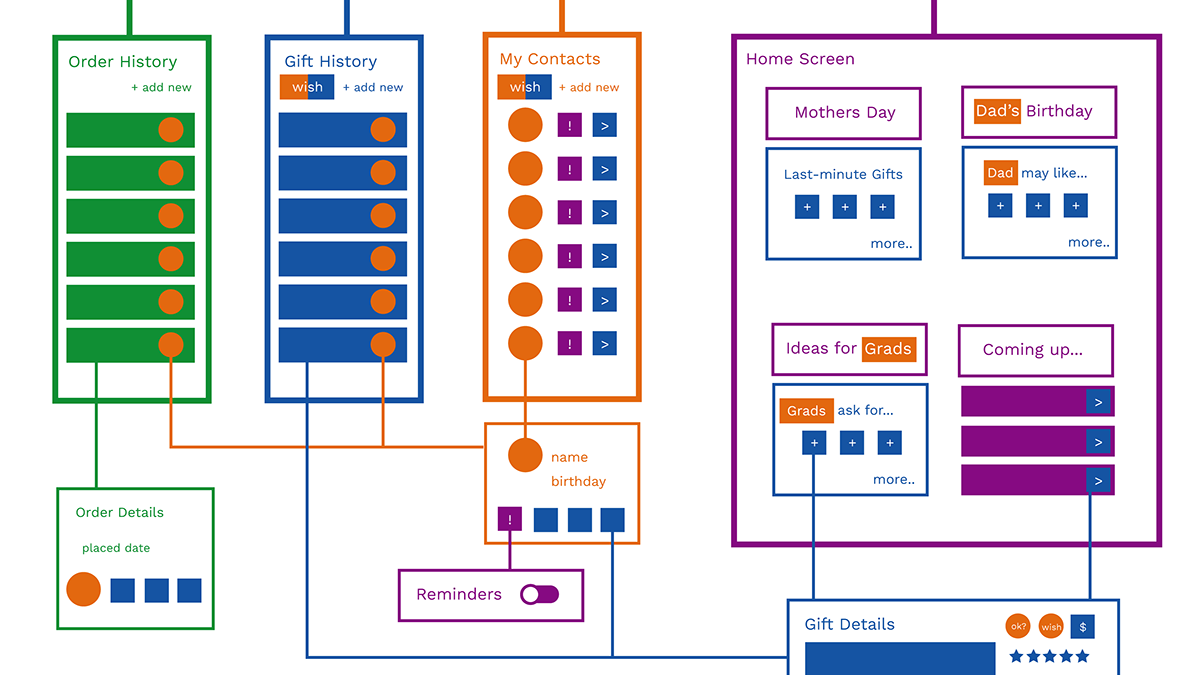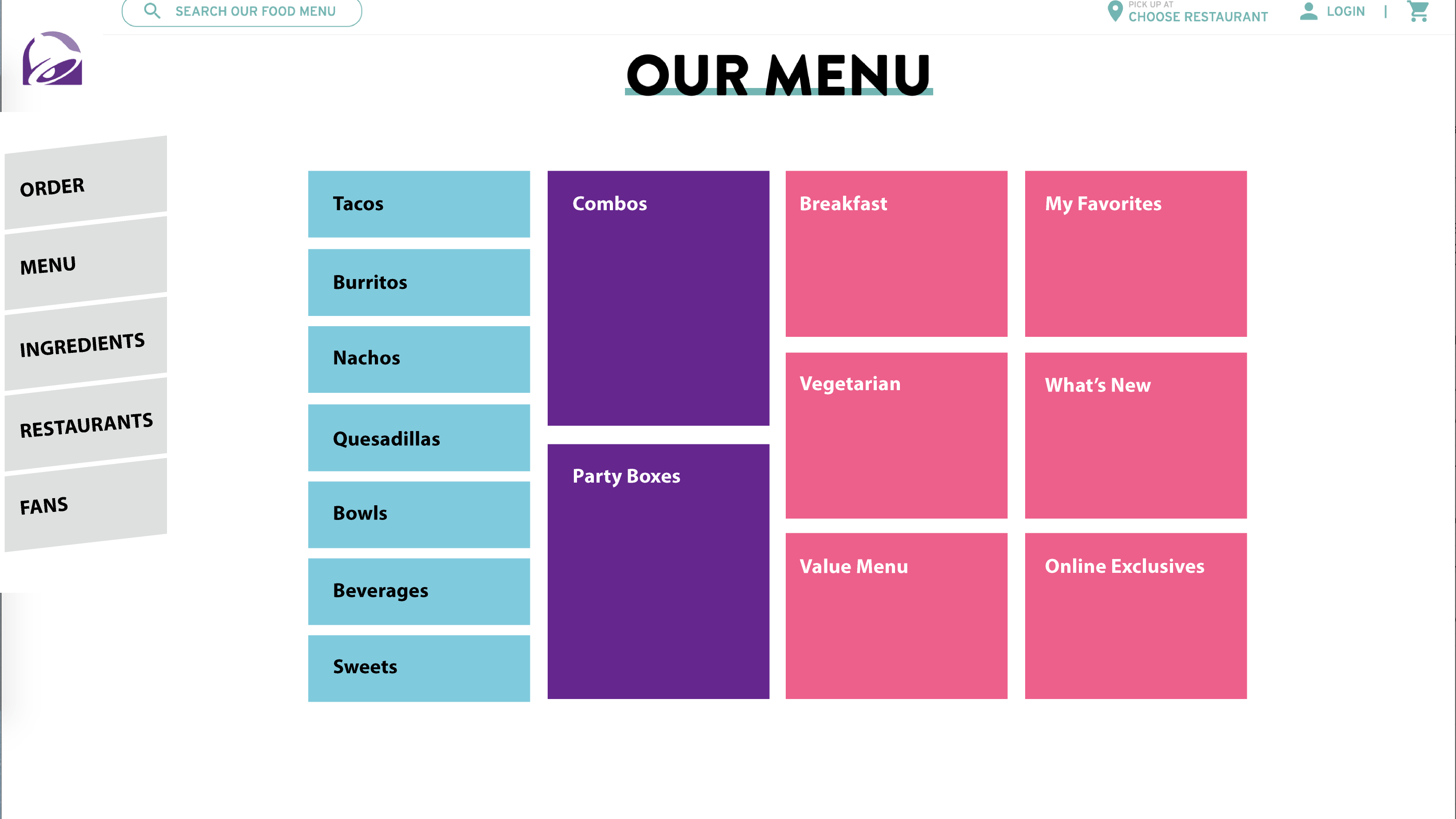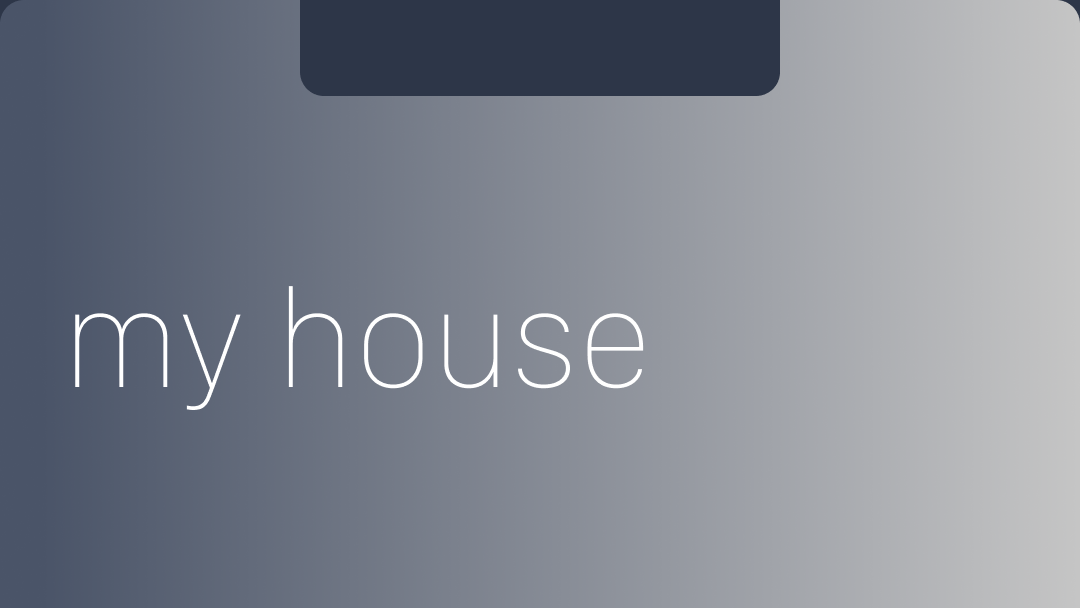Skills: OOUX, ORCA, information architecture, innovation, journey mapping, customer experience
Issue:
The product landscape around home renovations is complex, and that complexity is only growing more so.
For example, I’ve been renovating my mother’s house from 500 miles away. Any kind of home renovation is difficult, but doing it remotely has its own issues:
1. Lowe’s is a massive national chain in the US, but the inventory and payment systems at local stores don’t talk to one another. For just one example, I wanted to be able to do things like choose flooring at the store near me, but I couldn’t.
2. Payment options vary wildly depending on the service and I could not pay at the store near me for any of them. This revealed a dark pattern, as Lowe’s really really wants you to pay using one of their credit cards. Other credit cards have spending limits that complicate purchases of major jobs, such as window replacements and bathroom remodels.
Approach:
If you are at all familiar with Object-Oriented UX, communication issues between branches of the same large national chain are made for the ORCA process. That process starts with a process called noun foraging, where you examine company assets to see which nouns appear over and over. These nouns grow into a system's main objects.
I did a remix of the noun foraging process by combining:
- The nouns from Lowe’s installation home page. There were a LOT of nouns on this page to parse out, because Lowe's installs so many things that they sell, but not everything.
- A journey map I made of my buying process, which had a lot of in-person touchpoints and lengthy phone calls to Lowe’s sales representatives, most of whom specialize in one service.
OOUX Journey map showing customer touchpoints (on top, in green) for Lowe's installation services. The stickies in each column document the information needed to complete each step.
The columns in my journey map show each step in the journey and underneath are the objects and metadata that are needed to complete in the process. You can see that this journey map is very colorful. Here is a color key:
- BLUE shows objects in the system
- GREEN shows actions the system needs to do
- PINK shows metadata, or how your objects can be found in the system
- YELLOW shows core content, or how objects are visually represented in the system
- ORANGE shows key questions that are opportunities for more research
Customers could have information about installations at their fingertips, no matter how far away they are from their project house. This information service would save time in reduced calls to customer service and less stress for customers in the long run.
Solution:
You can not only use OOUX and the ORCA process to discover opportunities to solve brand-new problems, but you can also incorporate traditional UX discovery techniques, like journey mapping, into the process to get the data you need to build a system for your solution. The ORCA process makes the tools you already have more powerful and impactful.


